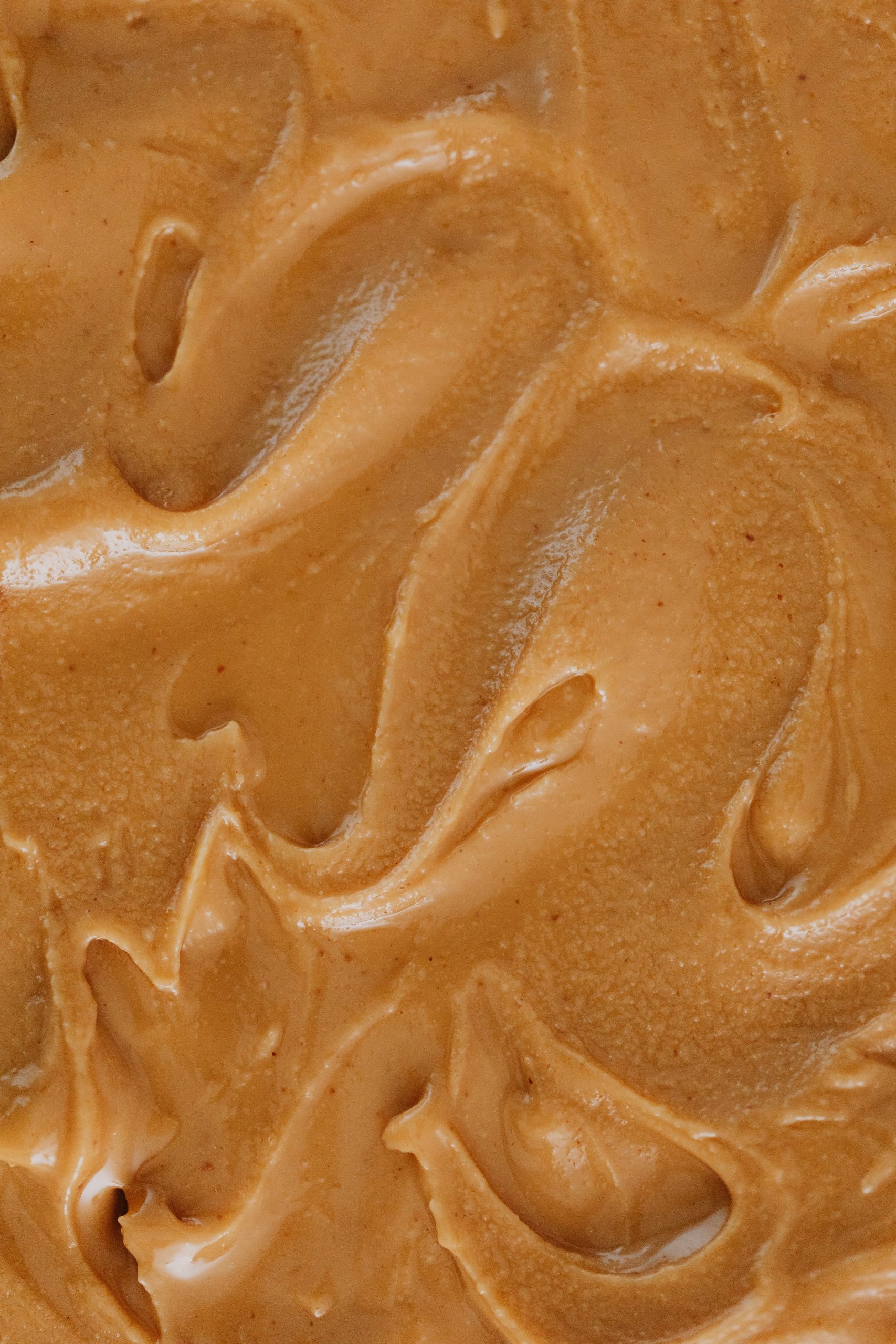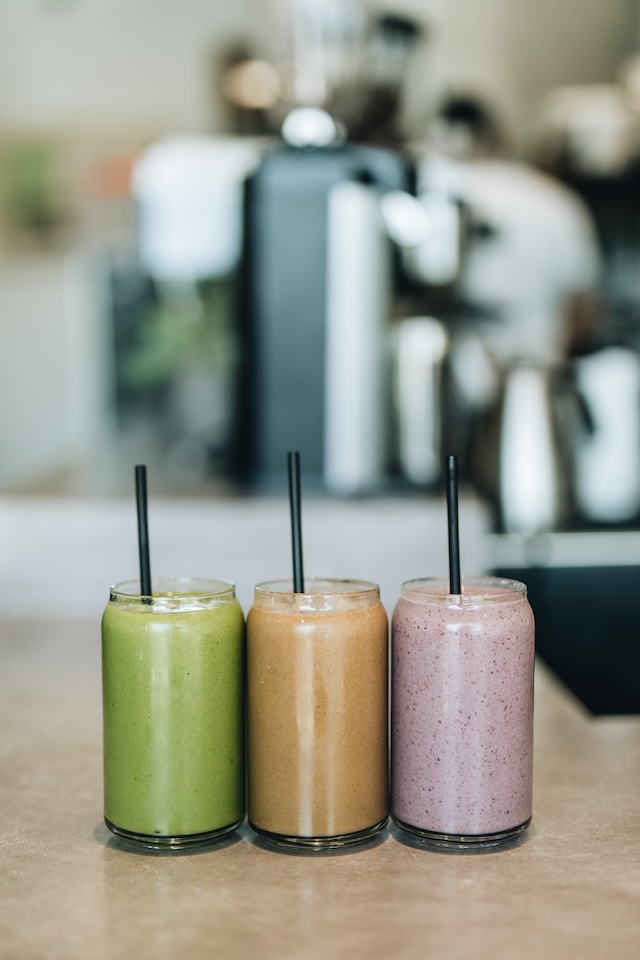Peanuts are a beloved food staple that have been enjoyed for centuries. But have you ever wondered how peanuts go from the farm to your butter jar? The journey of peanuts is a fascinating one, involving many steps and processes that are essential to getting them ready for consumption.
The first step in the journey of peanuts is planting the seeds. Peanuts are typically grown in warm climates, such as the southern United States and Africa, and require well-drained soil and plenty of sunshine. The seeds are planted in rows, and as the plants grow, they develop small yellow flowers that eventually turn into pods.
Once the peanuts have matured, they are harvested by digging them up from the ground using specialized equipment. After the peanuts are harvested, they are typically left to dry in the sun for several days. This helps to remove any excess moisture and prepare them for further processing.
The next step in the journey of peanuts is shelling. Peanuts are covered in a thin, papery skin that needs to be removed before they can be eaten or processed. This is typically done using a machine that cracks the shells and separates the nuts from the shells and other debris.
After the peanuts have been shelled, they are ready for roasting. Roasting enhances the flavor and aroma of peanuts, and also helps to remove any remaining moisture. Peanuts can be roasted in a variety of ways, including dry roasting, oil roasting, and honey roasting.
Once the peanuts have been roasted, they can be used in a variety of different ways. Many people enjoy eating roasted peanuts as a snack, while others use them to make peanut butter, peanut oil, or other peanut-based products.
To make peanut butter, roasted peanuts are ground up into a paste. Some peanut butter varieties also contain additional ingredients, such as salt, sugar, or oil, to enhance the flavor and texture. Peanut oil is another popular product that is made from peanuts. The oil is extracted from the peanuts using specialized equipment, and can be used for cooking, baking, or as a salad dressing.
The journey of peanuts from the farm to your butter jar is a long and complex one, involving many different steps and processes. But despite the many challenges and obstacles along the way, peanuts remain a beloved and essential part of our diets. Whether you enjoy them as a snack, use them to make peanut butter, or cook with peanut oil, there’s no denying the versatility and deliciousness of this humble legume.
In recent years, there has been growing interest in sustainable and ethical farming practices, and many farmers are now focusing on reducing the environmental impact of peanut farming. This includes using organic and sustainable farming practices, as well as exploring new technologies to reduce water usage and minimize waste.
In conclusion, the journey of peanuts from the farm to your butter jar is a fascinating one, filled with many different steps and processes. From planting the seeds to shelling and roasting, there are many factors that contribute to the final product. But no matter how they are prepared, peanuts remain a beloved and essential part of our diets, and their journey from farm to table is one that we can all appreciate and enjoy.










